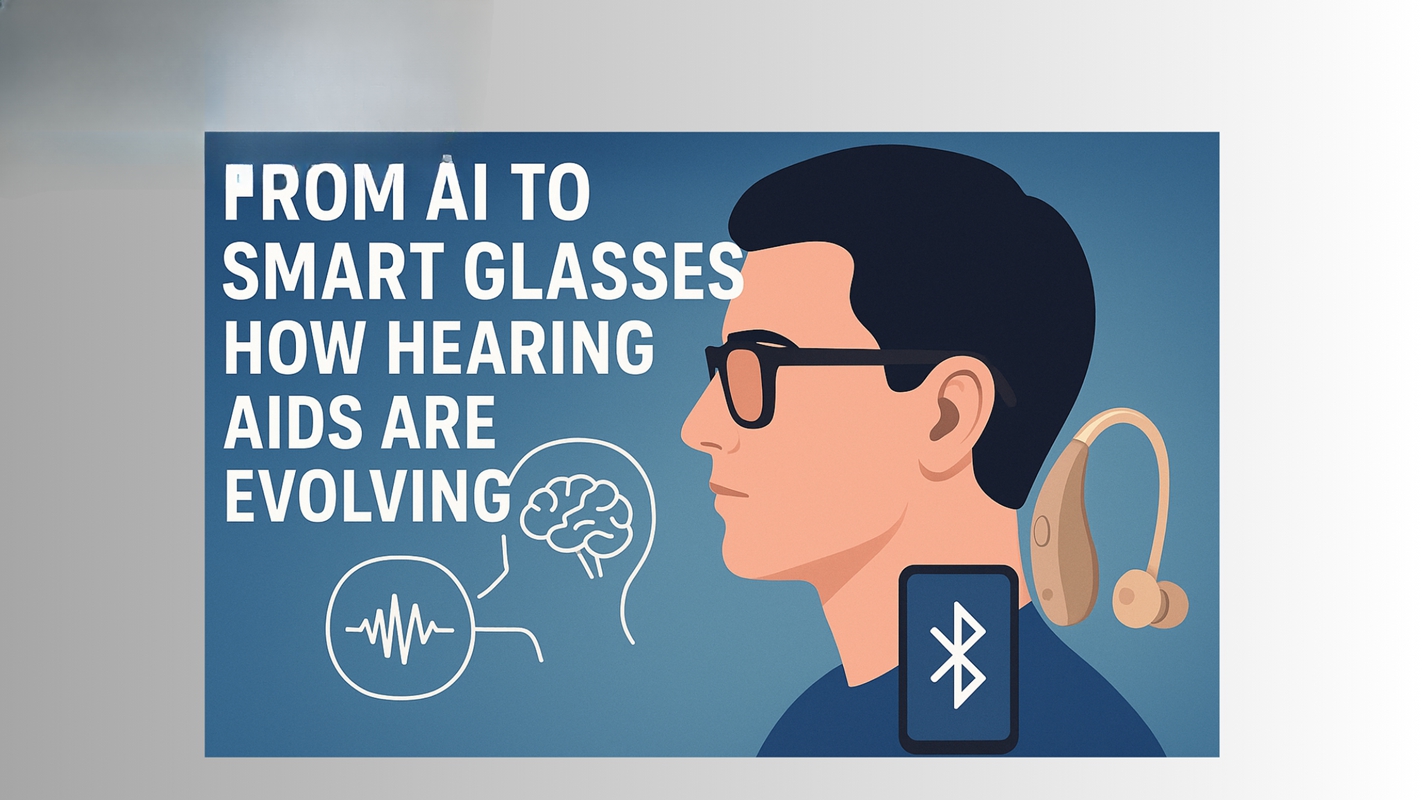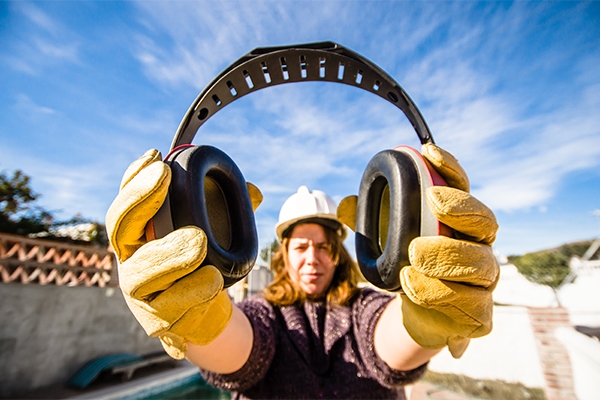
For decades, hearing aids have been life-changing devices, but the technology behind them has remained relatively modest until now. The last few years have brought an unprecedented wave of innovation, and 2025 is shaping up to be a landmark year for the industry. From artificial intelligence that learns your listening preferences to smart glasses that discreetly enhance hearing, these devices are no longer just about amplification.They’re about personalization, connectivity, and lifestyle integration.
Here's a more detailed look at how AI and smart glasses are transforming hearing aids:
1. Enhanced Communication and Accessibility:
Real-time Speech-to-Text:
Smart glasses like Hearview utilize AI to convert spoken language into text, displayed on the lenses, allowing users to "see" what's being said.
Improved Accessibility in Various Settings:
This technology enables users to participate in conversations, meetings, and other social situations more effectively, regardless of background noise or the need for lip-reading.
Multilingual Support:
Some smart glasses can translate captions into multiple languages, expanding communication possibilities.
2. Personalized Listening Experiences:
AI-powered customization:
AI algorithms can analyze user preferences and adapt sound settings in real-time to optimize the listening experience.
Augmented Reality Hearing:
Features like augmented reality hearing can enhance speech in noisy environments and provide personalized soundscapes.
Seamless Integration:
Smart glasses can be integrated with hearing aids to create a more comprehensive and connected listening experience.
3. Smart Features and Functionality:
Predictive Content and Notifications:
AI can analyze user behavior to provide personalized content and reminders.
Intuitive Voice Interactions:
Natural Language Processing (NLP) enables users to interact with the device using natural speech.
Bone Conduction Technology:
Smart glasses can deliver sound directly to the inner ear through bone conduction, providing a comfortable and immersive audio experience.
Auracast™ Audio Broadcasting:
This technology allows users to connect their hearing aids to public audio streams, such as those found in public spaces, making it easier to hear announcements or presentations.
4. Overcoming Challenges:
Power and Thermal Management:
Limited space in smart glasses poses challenges for power consumption and heat dissipation.
Cost:
The price of advanced smart glasses and AI-powered hearing aids can be a barrier to adoption.
Comfort and Functionality:
Optimizing the comfort and functionality of smart glasses for everyday use remains a key area of focus.
5. The Future is Bright:
Continued Innovation:
Advancements in AI, AR, and 5G technology are expected to drive further innovation in smart glasses and hearing aids.
Integration with Metaverse:
Smart glasses are poised to play a role in the metaverse, offering immersive experiences and new ways to interact with virtual and augmented reality.
Enhanced Connectivity:
Smart glasses will likely become even more integrated with other devices, creating a seamless and connected ecosystem for users.
? For a full breakdown of hearing aid prices by model and features, you can visit HearUp USA’s official price guide.
The above is the interpretation of How Hearing Aid Technology is Evolving in 2025 provided by Chinese hearing aid supplier Shenrui Medical. Link https://www.srmcm.com/Blog/How-Hearing-Aid-Technology-is-Evolving-in.html of this article is welcome to share and forward. For more hearing aid related information, please visit Blog or take a look at our Hearing aids products















